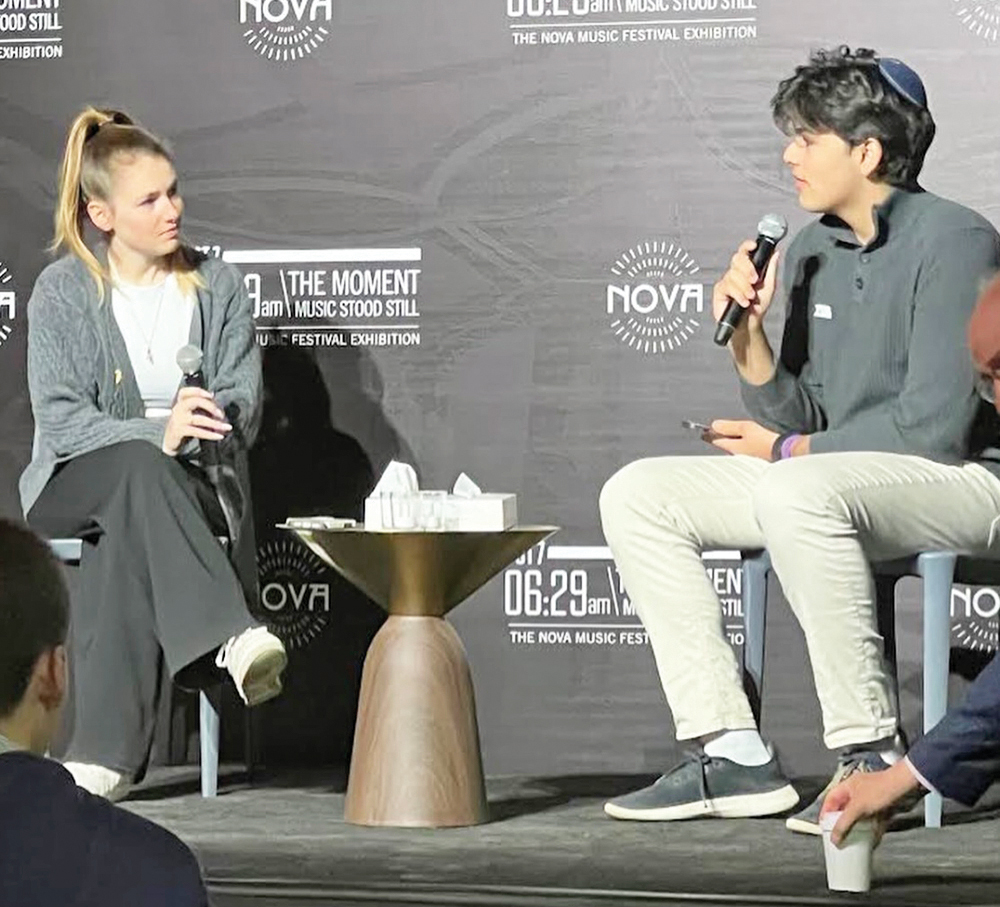
The immensely popular Teshuvot VaHa’arev Na presents Torah in an attractive and compelling manner enjoyed by layman and scholar alike. In this well-liked series the following story is presented (translation from Chabad.org).
First-hand testimony from Rabbi Yaakov-Mordechai Greenwald:
Since the 1980’s the phenomenon of Torah Codes has become both famous and controversial. I, personally, enjoyed the merit of having an association with Rabbi Michoel-Dov Weissmandl, the Torah sage from Hungary known as “the Father of Torah Codes.” You should know that all his work was done in his head, without computers—he was truly a genius.
Once, in the 1950’s, I visited him at his Mt. Kisco NY community in the month of Adar, a short time before Purim. He asked me, “Did I ever tell you how many letters there are in Megillat Esther?”
“No,” I replied; “I have no idea.”
“Well, I know,” he continued. “There are 12,196 letters in it altogether.”
“…Is there significance to this number?”
“That’s incredible,” I responded. “But what do we do with this information? Is there significance to this number?”
He smiled. “Bring me a Chumash [“Five Books of Moses” in the original Hebrew],” he said. I brought one to him, whereupon he told me:
“Starting from the first instance of the letter alef (the third letter in the first word of the Torah—Ed.), if you count an interval equal to the number of letters in Megillat Esther—12,196—you arrive at a letter samech. If you continue another 12,196 letters you get to a letter tof; and if you keep going for another 12,196 you land on a letter reish. And, of course, alef-samech-tof-reish spells Esther! Is this not amazing?”
“It certainly is,” I answered enthusiastically. And then I added with a grin, “but is there a connection to Mordechai too? Otherwise, he may feel bad.”
He looked crestfallen. “I don’t know. Yet. Try me again next year.”
The next Adar I made sure to visit Rabbi Weissmandl again. “What about Mordechai?” I asked.
“I also found a hint to Mordechai,” he announced. “Our Sages pointed out that there is a hint to Mordechai in the Torah, where the verse states, ‘You shall take the finest fragrances: ‘mor dror…’ [myrrh].”
[‘Mor dror’ has the same first two syllables as ‘Mordechai,’ and its Aramaic translation by Onkeles, ‘mira dichya,’ has the same consonants in the same order as ‘Mordechai.’ The verse is Exodus 30:23, which is in the Torah portion that in most years is read in the week in which Purim occurs! Similarly, in that same Talmudic passage the Sages identified a hint to Esther—in Deuteronomy 31:18 and to Haman—in Genesis 3:11—Ed.]
He continued: “Now, if from the letter mem in mor dror in that verse you count forward the number of letters in the Megillah, you come to a reish. And if you keep counting successively 12,196 letters you will get a dalet and then a chofand then a yud—spelling out Mordechai! This is truly even more amazing.”
Chabad.org editors add: “The “Personal Torah Codes” team in the Ascent Multi-media Center was not able to duplicate the above results from the same starting places, but they did find “Esther” and “Mordechai” at the cited interval in different locations.
Also, some “codes” programs yield a different number of letters for Megilat Esther, such as 13,408 and 12,110. “Esther” and “Mordechai” can be found at these intervals too.”
Teshuvot VaHa’arev Na presents this interesting phenomenon as compelling evidence of the divine origin of the Torah. This author, however, is somewhat unsure. Torah codes are controversial even in the Orthodox community, especially in light of Hazal’s statement (Kiddushin 30a) expressing our lack of expertise of the Haseirot and Yeteirot, the precise lettering of the Torah, as evidenced by the differing sums for the numbers of letters of Megillat Esther. Moreover, there are other far more compelling arguments for the divine origin of the Torah. On the other hand, the discovery of the letters of Megillat Esther is a most interesting one especially since “Esther” and “Mordechai” can also be found at the intervals of the alternative sums of letters in the Megillah. Is it compelling proof of God’s hand in the Torah’s composition? I leave that to the reader to decide.
By Rabbi Haim Jachter
Rabbi Haim Jachter is spiritual leader of Congregation Shaarei Orah, the Sephardic Congregation of Teaneck.













